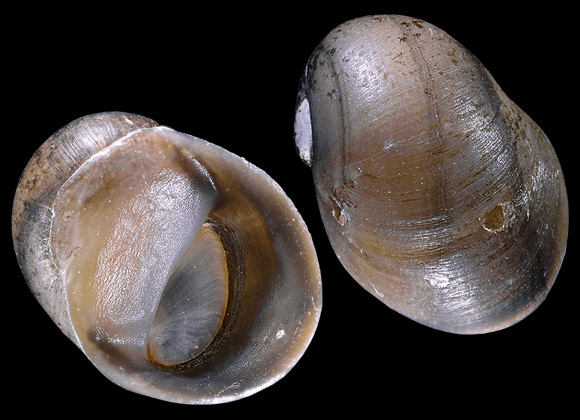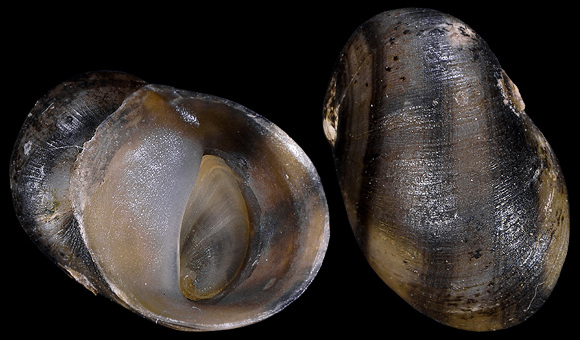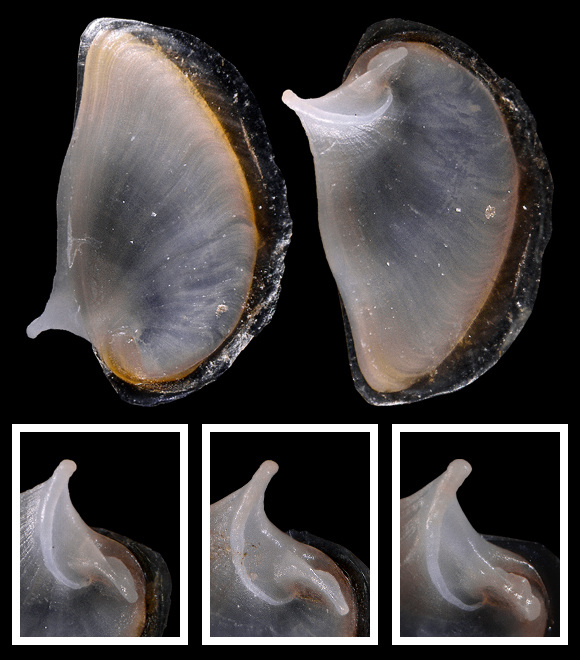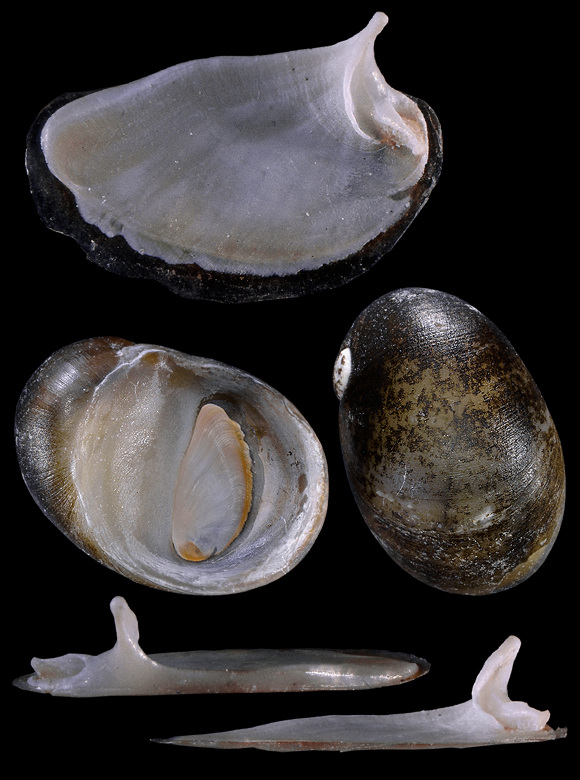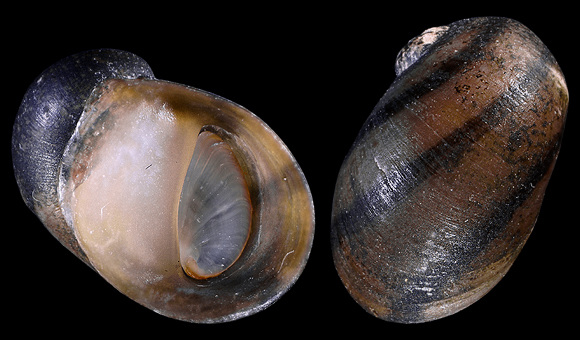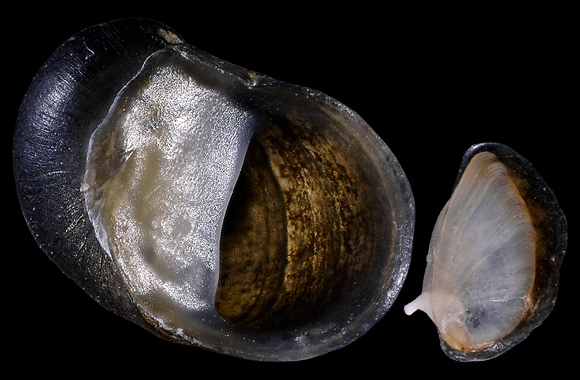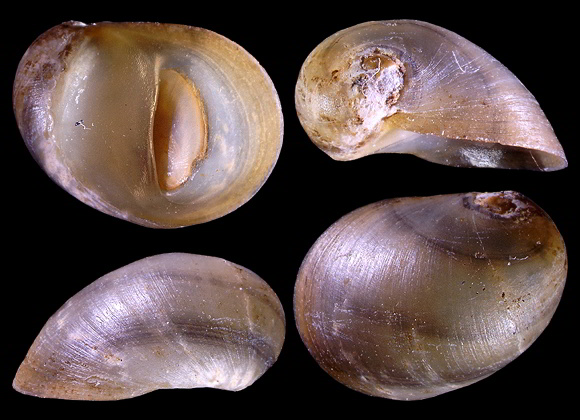
Danube drainage basin to southern Ukraine, Serbia, Severna Makedonija and northern Greece (Dorjan lake and downstream). Rare in Germany and Austria, more common in Romania. Can live in syntopy with Th. danubialis, in clean waters, mostly in small streams, rarely in lakes; the species can be found on stony, sandy and muddy bottoms; it prefers sheltered areas but with well oxygenated waters. Vanishing on most part of its range. Original taxon: Nerita transversalis.
Above and below: a specimen from Axios river, near Axioupoli, Paionia municipality, Kilkis, Central Macedonia, N. Greece. 7,4mm.
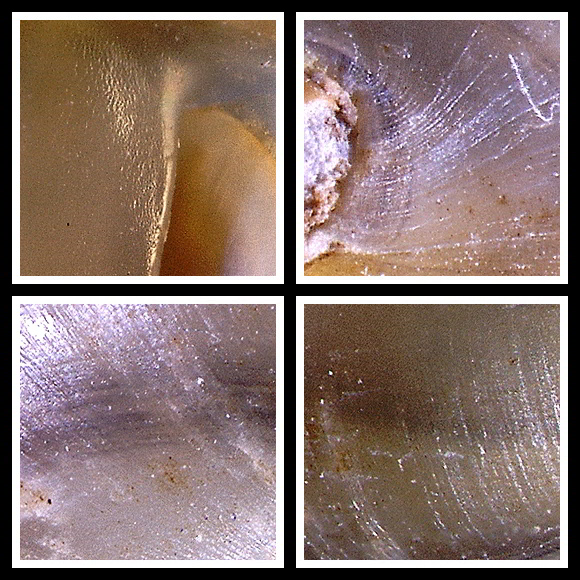
« Shell semiglobose, smooth, of a pale yellow colour background under four dark spiral bands; aperture half-moon shaped; columella flat. » – C. Pfeiffer: Naturgeschichte deutscher Land- und Süsswasser-Mollusken Abt.3, Weimar 1828, p.48. However, one can notice collabral microsculpture.
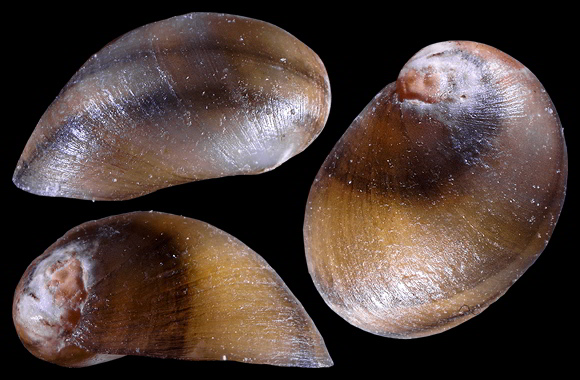
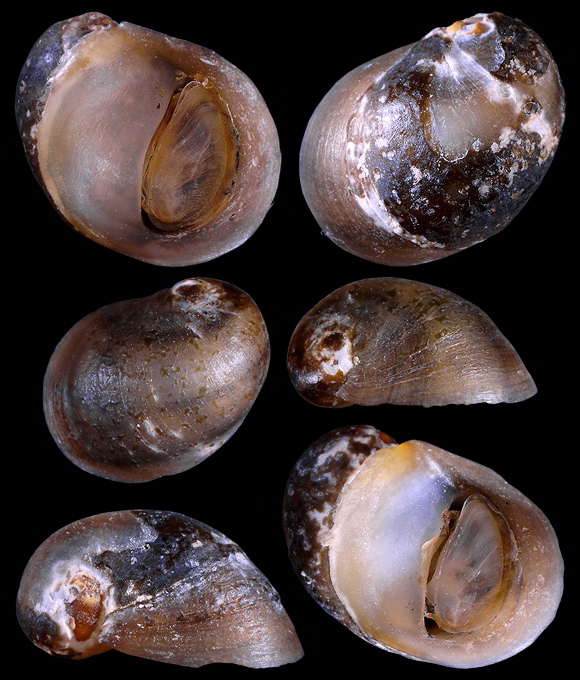
« The habitat decline, caused by anthropogenic impact, changes in river hydrological regime and pollution, as well as the invasion of Theodoxus fluviatilis (Linnaeus, 1758) have been defined as the major threats to the species (Solymos & Feher, 2011). » – Pavlova & al.: “New Localities of Theodoxus transversalis (C. Pfeiffer, 1828) within European Natura 2000 Network on the Islands of the Lower Danube River”, Acta Zoologica Bulgarica vol.65(1), Sofia 2013, p.122.
Same spot. Average specimens. 5,5-7,5mm.
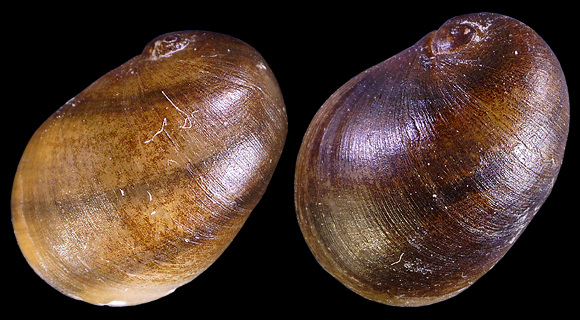
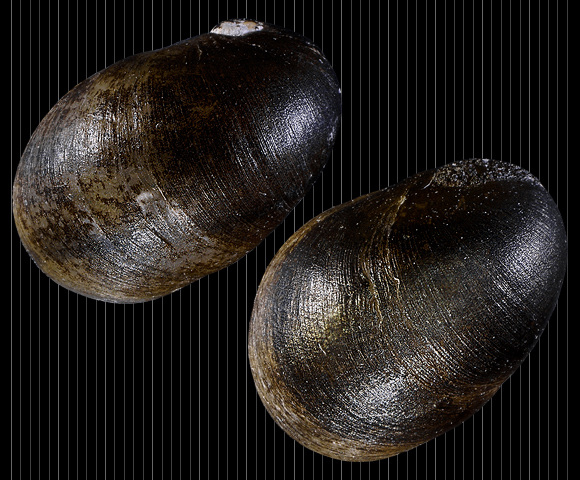
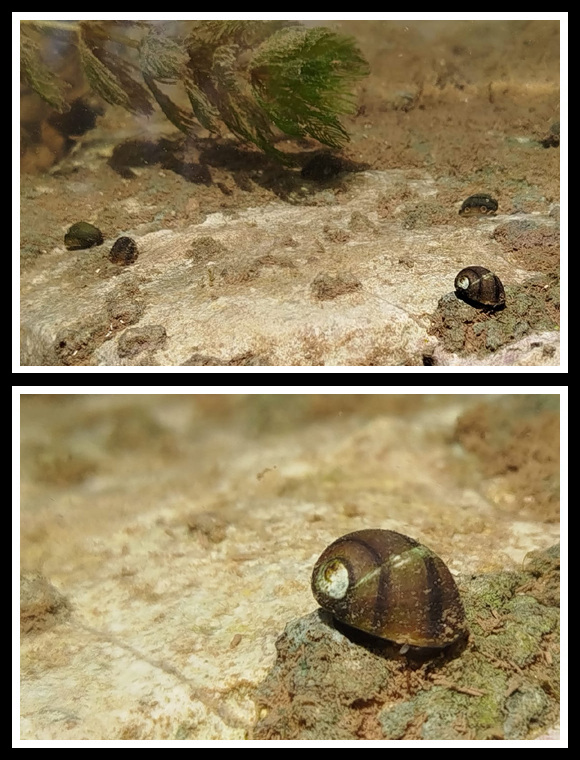
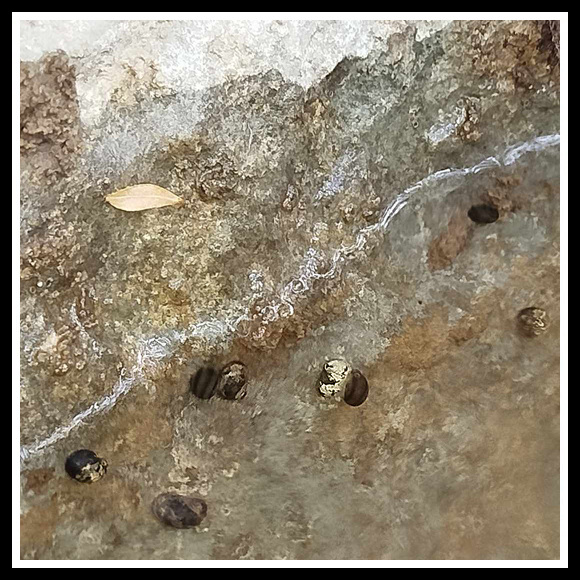
– (CC BY-NC-SA) –

